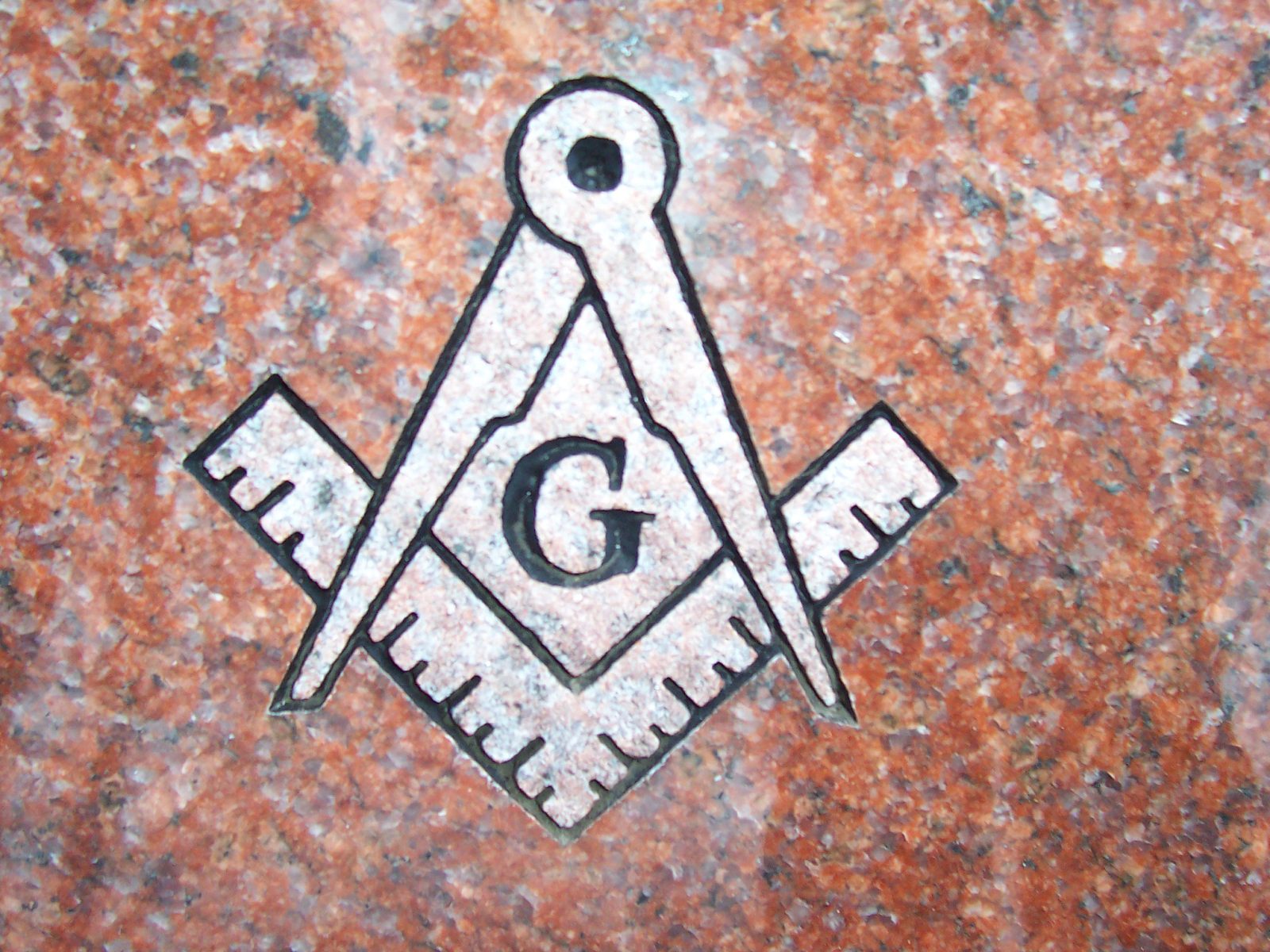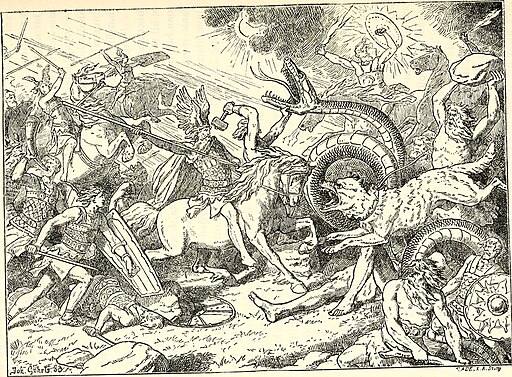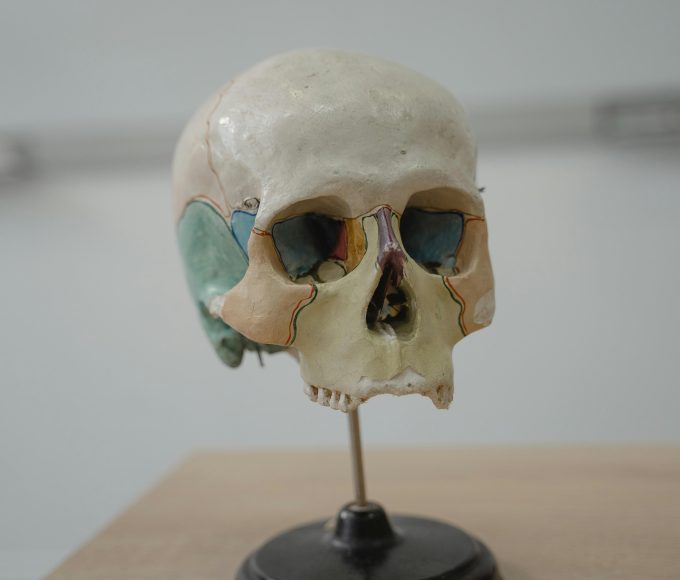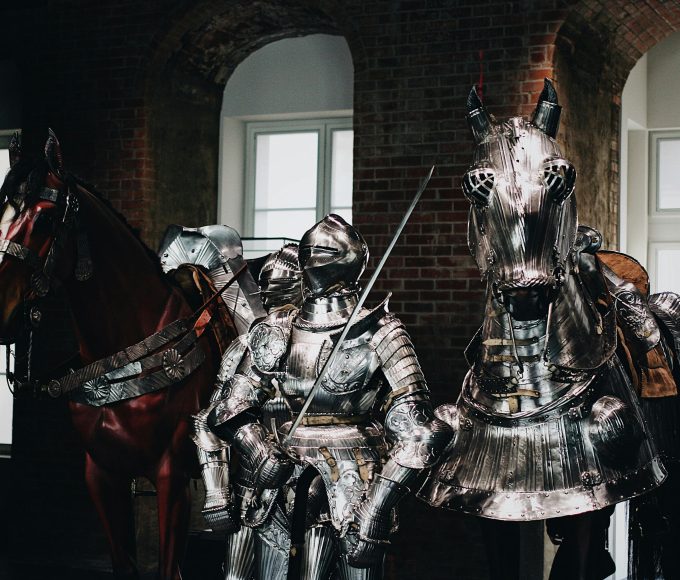Many people may have seen the letter G from somewhere, maybe seen it from Masonic lodges, or maybe in some masonic jewelry worn by other people, or even on some bumper stickers. Many people hold the view that the letter G is associated with Freemasonry. In the United States, we can commonly see the letter G nestled in the center of the square and compass. Some may wonder what is the charm of the letter G, and how it becomes a Freemasonry symbol, let us dive deeper and learn more about the charming Masonic letter G.
Dive into the History of the Letter G
The ancient origins
Early versions of the letter G can be found in a number of ancient languages, including Aramaic, Phoenician, Syriac, Greek, and Hebrew. In various languages, examples of the letter include:
- Hebrew: Gimel
- Phoenician: Gamma
- Aramaic: Gammal
- Syriac: Gamal/Gomal
- Greek: Gamma
Gimel is a notable Hebrew letter that is designated with the number three and occurs as the third letter in the alphabet. The number three has been associated with God or the Master Architect throughout history.
When the letter G was added to the square and compasses is still a mystery. There is now no symbol that is more instantly recognizable and strongly connected to Freemasonry. It also serves as a reminder that God keeps an eye on us and directs us when we make an effort to live a morally upright life. Many freemasons will choose to wear a masonic ring as a reminder to themselves.
Theories about the letter G
The significance of the letter “G” in Freemasonry has given rise to a number of ideas, most of which are based on its symbolic and historical background. Freemasons frequently believe that the letter “G” stands for God, the Supreme Designer of the Universe. This supports one of Masonry’s core concepts, the belief in a Supreme Being, and alludes to the heavenly presence guiding their deeds.
Another widely accepted idea is that the letter ‘G’ stands for geometry. Many people consider it to be the fundamental science of both architecture and masonry. Additionally, this letter has connections to various alphabets, including Hebrew. It is known as Gimel or Gheemel, and in Arabic, where it is ranked fifth. These interpretations represent numerous cultural influences within the history of Freemasonry while making significant contributions to Masonic symbolism and rituals.
Interpretation of the Masonic letter ‘G’
In Freemasonry, the meaning of the letter “G” has changed over time. Initially, the letter “G” stood for both God and Geometry, highlighting both the divine elements of Masonic labor and the significance of math and science in design. The meanings of “G,” however, changed as Freemasonry advanced. Some Freemasons connected it to names for God, such as the Hebrew letters YHWH or Jehovah. It supports the idea that decisions were made with divine approval. Others connected their knowledge to historical characters like John the Evangelist to give a more personal touch. Additionally, the positioning of the letter “G” within Masonic symbols like the Square and Compass altered as different Freemasonry jurisdictions and branches established their rituals. Based on the members’ experiences within their own branches, this diversity further enhanced the understanding of the letter “G.”
This development demonstrates that Freemasonry allows for individual interpretation and advancement in understanding its symbolism.
In addition to the interpretation of the letter “G,” Freemasonry has undergone other changes. It has undergone a decline in membership, greater diversity efforts, modernization of rituals, a stronger emphasis on community service, and increased international cooperation between various jurisdictions. These changes have an effect on Freemasonry. And these changing meaning of the letter “G” has provoked discussions among Freemasons all over the world.
Scholarly research has also looked into potential linkages to other languages that have a connection to architecture or the divine. For instance, Gimel or Gheemel in Hebrew denotes several benefits from God, adding still more level to the intricate symbolism of Freemasonry.
Freemasonry adapts while maintaining its essential principles in the face of these changes. The ‘G’ interpretation’s evolution demonstrates how various varieties can coexist.
How did the letter “G” become a symbol in Freemasonry

One of the oldest fraternal groups in the world is Freemasonry. It brings together men of excellent character who, despite coming from various social, racial, or religious backgrounds, have a conviction in the fatherhood of God and the brotherhood of humanity. Through the system of degrees, symbols, and fellowship opportunities, Freemasonry provides an approach or blueprint for the good man to further develop his character and acts.
Throughout history, Freemasonry has given men the opportunity to connect with other like-minded individuals and live their lives to the fullest. Unique among contemporary organizations is this emphasis on the all-round growth and well-being of the individual. The Masonic Lodge has served as the starting point for Masonic education for centuries, teaching the principles and skills necessary for enlightenment, self-improvement, and living a higher purpose.
The development of Freemasonry even let the average person learn to recognize some Masonic symbols in their daily lives. The square and compasses stand out as being unmistakably Masonic, even to individuals who are not members of the order. Although this image can be seen all over the world with minor modifications, it is most prevalent in the United States with the letter G tucked neatly into its center.
Around 1850, the letter G first appeared frequently in the center of the American Square and Compasses, and by the end of the Civil War, most American Lodges had adopted it as their standard. In Masonic Rituals within the Lodge, the letter “G” has its own unique meaning that is unrelated to the Square and Compasses.
The Symbolism of the Masonic Letter G
Letter G is a famous symbol of Freemasonry, it has a profound meaning like the eye of providence and square and compass to the Freemasons. Depending on the situation, the letter might symbolize a variety of words with distinct meanings.
Geometry
The letter G has many different meanings inside the fraternity. For starters, it stands for geometry, the mathematical subject that forms the basis of stonemasonry and the cornerstone of Freemasonry. In fact, the lessons of Freemasonry are informed by geometrical ideas and equipment used by medieval stonemasons. Members of the craft apply geometric law to their lives to direct their work and improve themselves through metaphor and allegory. Wearing a masonic letter G pendant to remind yourself of it.
Great Architect of the Universe
Having a declared belief in a deity is one of the fundamental prerequisites for joining the Masons. It is commonly accepted that the letter G in the context of Freemasonry refers to God because this conviction is important to understand and appreciate the principles taught by the brotherhood. We allude to the “Architect of the Universe” in the reverence of the lodge room since our brotherhood accepts men from all religions and social backgrounds. Freemasons are supposed to be reminded by the letter G that all of their lives and deeds are carried out in the presence of God, The Grand Architect. During the Second Degree’s Tracing Board lesson, this allusion to this G’s significance is made very obvious and verified.
Conclusion
Letter G has a sufficient and attractive meaning. Although different people have their own interpretation, the core value is the same -we should do the right things, and become a better man to make the world a better place to live, which is the creed of Freemasonry. No matter whether you are a Freemason or not, the letter G can bring some to you.
Georgia
Georgia is passionate about the realms of fashion, jewelry, and lifestyle.Her love for these topics has shaped her writing career. She is committed to creating engaging and informative content that resonates with readers from all walks of life. Together, embark on an inspiring adventure!
Recent Posts
A Guide to How to Train Your Dragon Species
06/24/2025How to Style Baggy Jeans
06/17/2025Grunge Aesthetic: A Style Revolution
06/03/2025Categories
Related Articles
How Much Does It Really Hurt
So, you’re thinking about getting a surface piercing? Maybe a nape piercing...
ByAlicia05/06/2025Beasts of Norse Mythos: the Legendary Creatures of Viking Lore
Norse mythology is a tapestry of gods, giants, and cosmic battles, but...
ByAlicia02/18/2025A Complete Guide to Skull Symbol
The skull symbol has held a fascination for humanity for centuries, appearing...
ByAlicia11/19/2024God’s Weapon in Norse Mythology
Norse mythology is filled with tales of gods, heroes, and epic battles....
ByAlicia10/15/2024
















Leave a comment